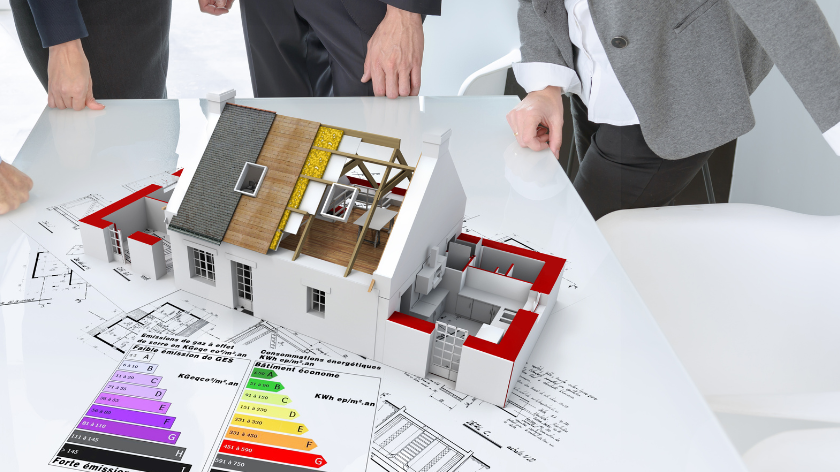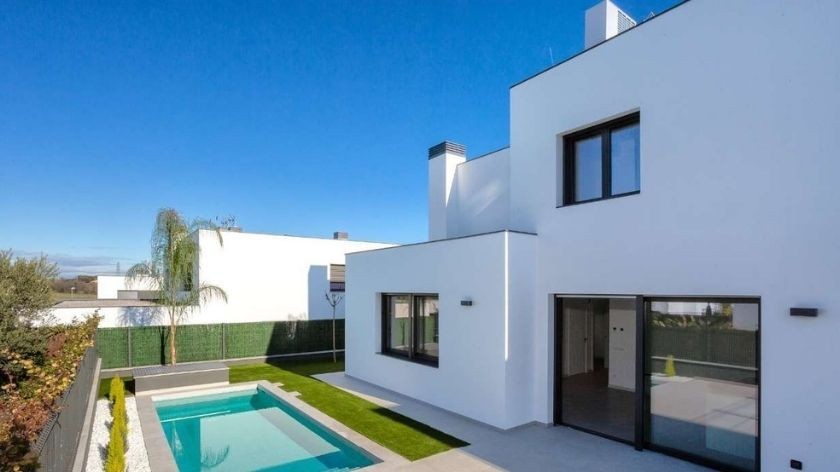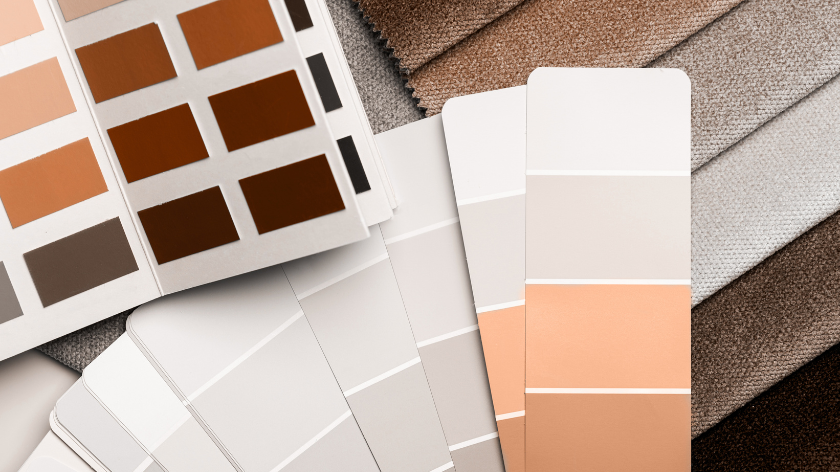Per oferir les millors experiències, utilitzem tecnologies com ara galetes per emmagatzemar i/o accedir a la informació del dispositiu. Donar el consentiment a aquestes tecnologies ens permetrà processar dades com ara el comportament de navegació o identificadors únics en aquest lloc. No consentir o retirar el consentiment, pot afectar negativament determinades característiques i funcions.
The technical storage or access is strictly necessary for the legitimate purpose of enabling the use of a specific service explicitly requested by the subscriber or user, or for the sole purpose of carrying out the transmission of a communication over an electronic communications network.
The technical storage or access is necessary for the legitimate purpose of storing preferences that are not requested by the subscriber or user.
The technical storage or access that is used exclusively for statistical purposes.
The technical storage or access that is used exclusively for anonymous statistical purposes. Without a subpoena, voluntary compliance on the part of your Internet Service Provider, or additional records from a third party, information stored or retrieved for this purpose alone cannot usually be used to identify you.
The technical storage or access is required to create user profiles to send advertising, or to track the user on a website or across several websites for similar marketing purposes.





